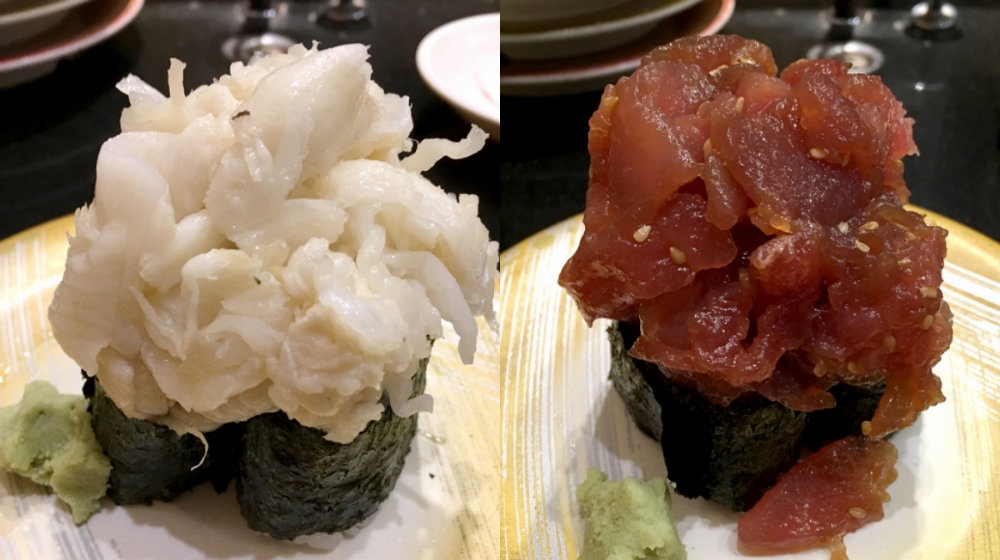Mountain-Sized Servings of Sushi in Ueno
At the revolving sushi restaurant Miura Misakiko in Tokyo's Ueno neighborhood, the portions are so large they fall into the category of yamamori, or “mountain serving.”
By SoraNews24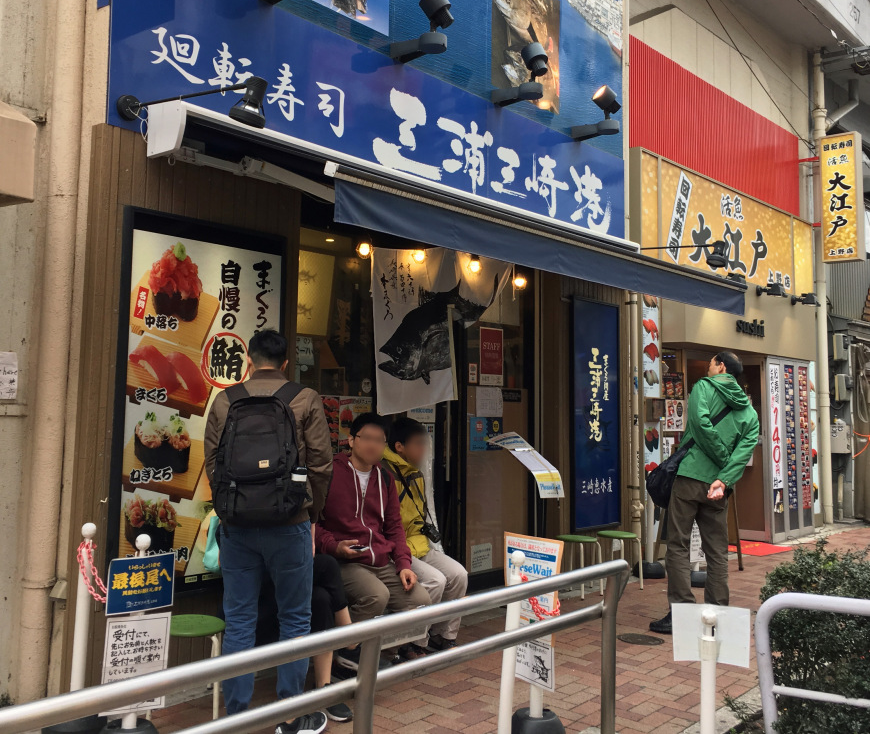
http://en.rocketnews24.com/2016/04/09/towering-piles-of-sushi-are-waiting-for-you-at-this-awesome-tokyo-restaurant-%e3%80%90photos%e3%80%91/
The restaurant is located right at the start of the network of shopping arcades collectively called Ameya Yokocho. After World War II, Ameya Yokocho was the site of one of the city’s largest black markets, and while the area’s transactions are on the up-and-up these days, Ameyoko (as Ameya Yokocho is also known) is still known as a place to find a good bargain if you’re willing to buy in bulk.
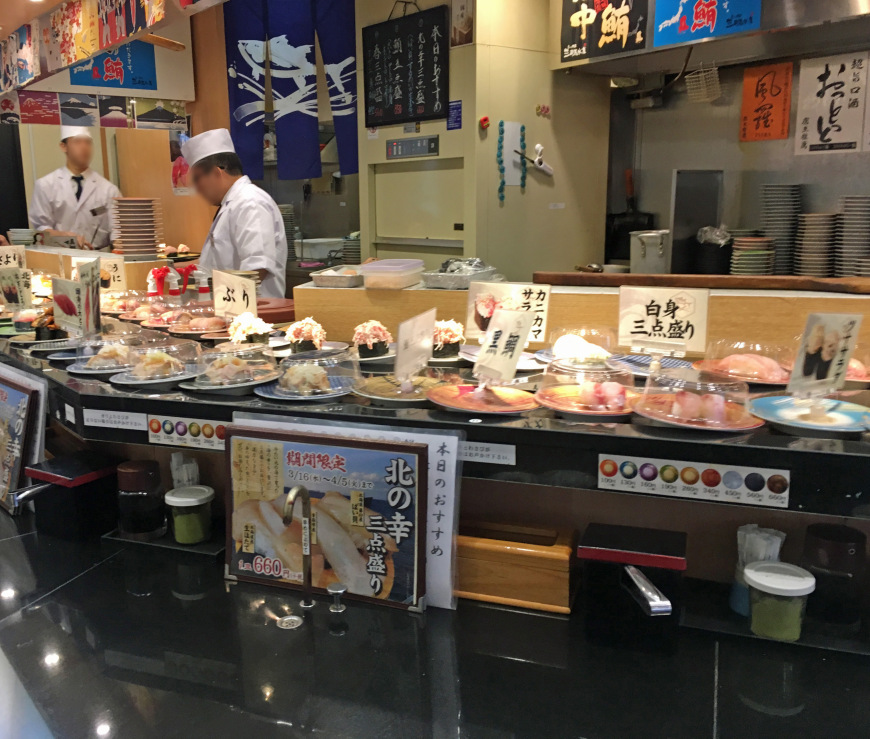
http://en.rocketnews24.com/2016/04/09/towering-piles-of-sushi-are-waiting-for-you-at-this-awesome-tokyo-restaurant-%e3%80%90photos%e3%80%91/
The yamamori sushi is prepared in the gunkan, or “battleship” style. That means the ingredients are ringed by a strip of dried seaweed, which gives the whole thing a bit more structural integrity. And really, these mammoth morsels need all the support they can get because of their huge size.
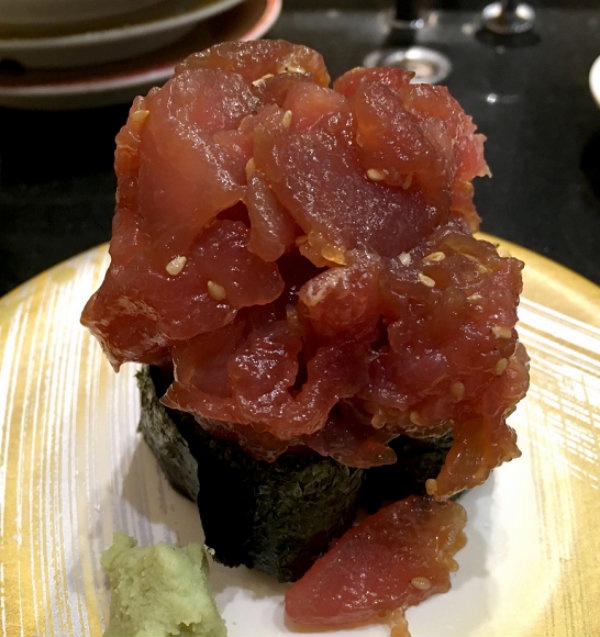
http://en.rocketnews24.com/2016/04/09/towering-piles-of-sushi-are-waiting-for-you-at-this-awesome-tokyo-restaurant-%e3%80%90photos%e3%80%91/
We decided to eat as many as we could fit in out stomach, which, given how big they are, wasn’t very many. Still, there’s always room for maguro (tuna), right?
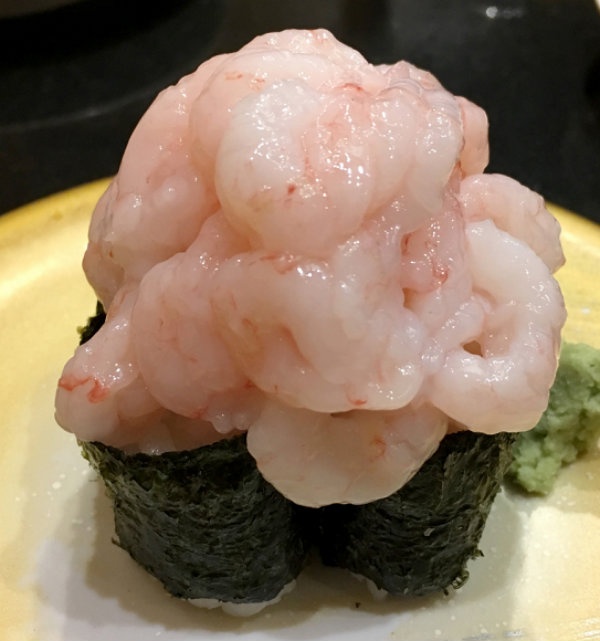
http://en.rocketnews24.com/2016/04/09/towering-piles-of-sushi-are-waiting-for-you-at-this-awesome-tokyo-restaurant-%e3%80%90photos%e3%80%91/
Next up were some amaebi (shrimp), which were almost intimidating in their show of strength in numbers.
Traditional table manners hold that sushi should be popped into the mouth whole and eaten in a single bite. That’s not possible with Miura Misakiko’s yamamori, though, so no one seemed offended when we used our chopsticks to eat a couple of mouthfuls of topping before polishing off the rice, seaweed, and remaining seafood in one final bite.
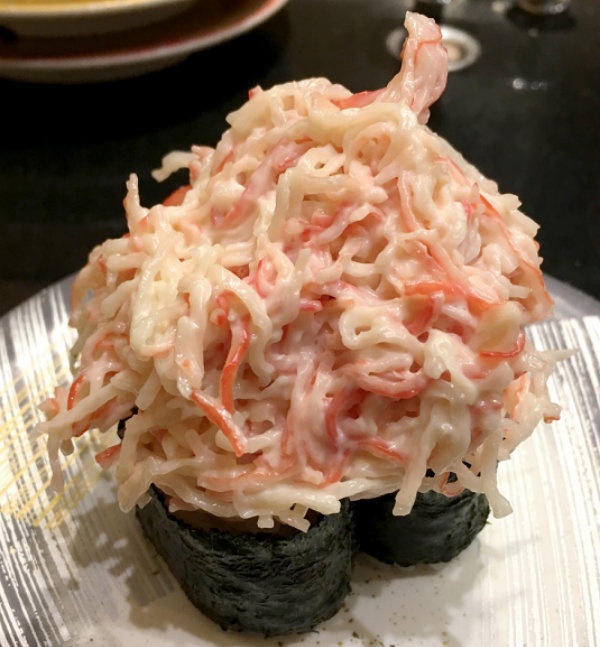
http://en.rocketnews24.com/2016/04/09/towering-piles-of-sushi-are-waiting-for-you-at-this-awesome-tokyo-restaurant-%e3%80%90photos%e3%80%91/
Here we have a veritable forest of kani (crab) salad.
Cultured gourmands know that the word sushi actually doesn’t refer to raw fish, but to the vinegared rice it’s placed atop. While these behemoths all technically still count as sushi, their ratio of topping to rice is so heavily loaded toward the former that it’s easy to forget about the rice’s existence until you finally eat your way down to the bottom of a piece.

http://en.rocketnews24.com/2016/04/09/towering-piles-of-sushi-are-waiting-for-you-at-this-awesome-tokyo-restaurant-%e3%80%90photos%e3%80%91/
This one is engawa (flounder fin).
Like at most revolving sushi restaurants, these yamamori are served with two pieces to a plate. Each plate costs between ¥340 and ¥660 (US$3 to $5.90), but considering how much you’re getting for that price, it’s a pretty attractive deal. The quality is more than adequate, and that sense of satisfaction goes double where quantity is concerned.
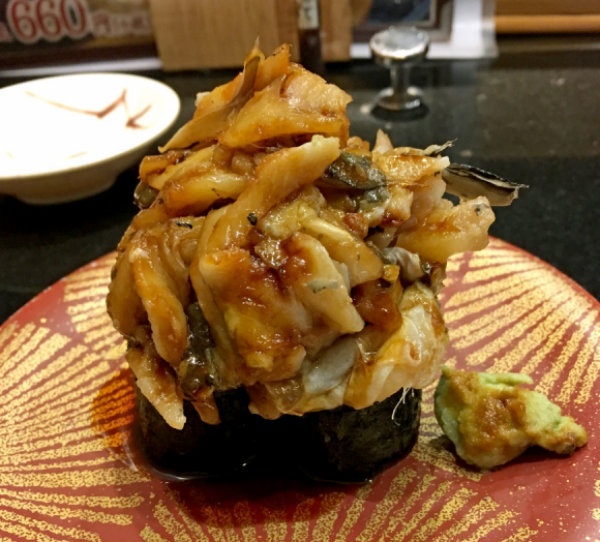
http://en.rocketnews24.com/2016/04/09/towering-piles-of-sushi-are-waiting-for-you-at-this-awesome-tokyo-restaurant-%e3%80%90photos%e3%80%91/
Here we have nianago (stewed saltwater eel).
After our meal, we were stuffed, but thankfully Ueno Park, one of the largest in Tokyo, is just a block away from the restaurant and a great place to go for a post-sushi stroll to aid digestion. Actually, we’d recommend a walk around the park before stopping by Miura Misakiko, too, to help work up an appetite (trust us, you’ll need one!).
Be sure to check out the full story below for more details, including the address of Miura Misakiko.
Related Stories:
Seven reasons to eat sushi (other than because it tastes great)
Conveyor belt sushi chain taking the bold, eco-friendly step of getting rid of all its conveyors
Six sensational Starbucks for sakura spectators


